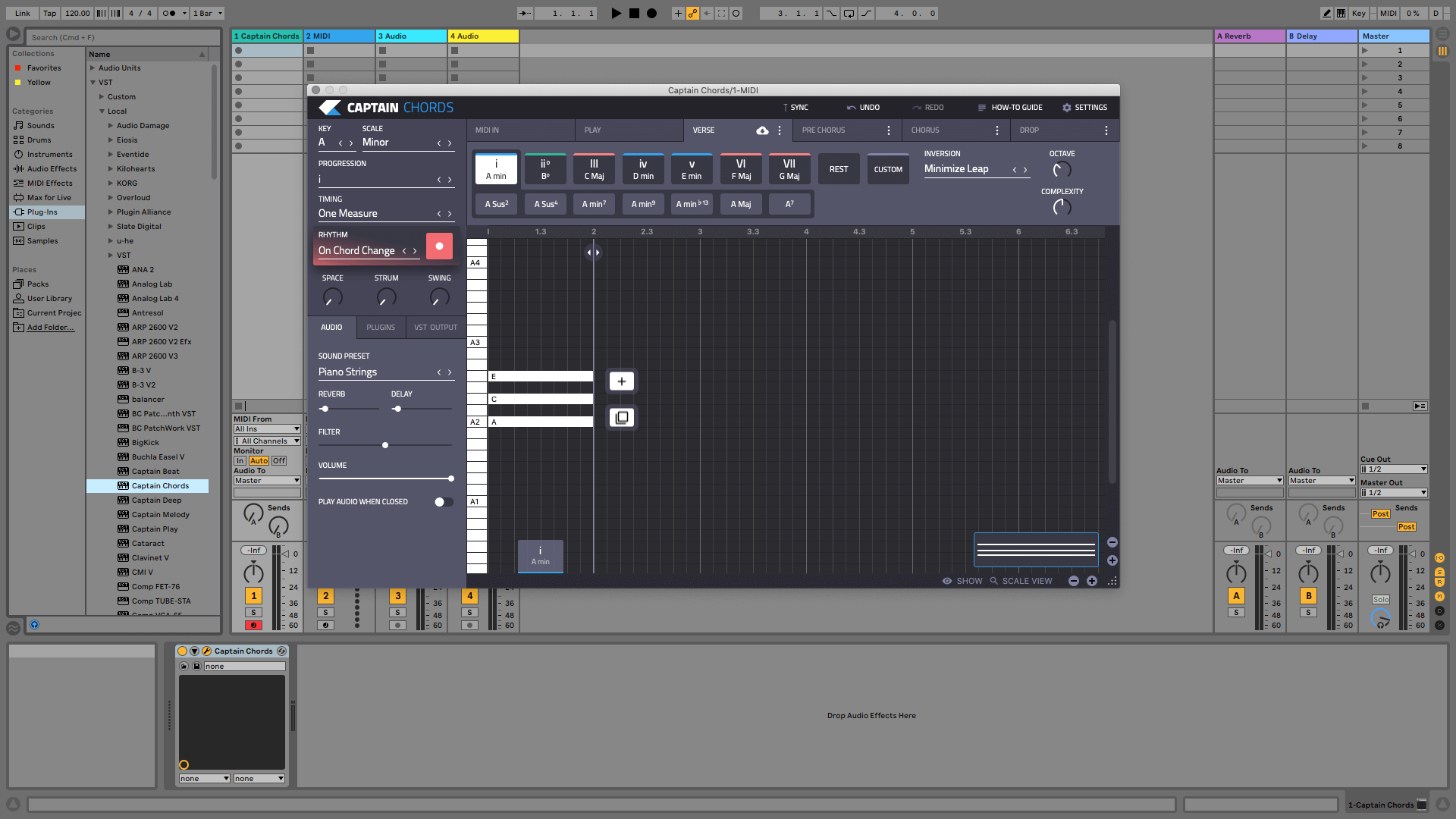Audacity VST Enabler is a program that allows the VST plugins to work. Visual Studio Technology (VST), on the other hand, is a plug-in software that adds several effects in an audio recording and editing tool.
Studio One 4 Professional Presonus 4.5.0 (Aug/2019 updated) 64-bit Windows 7 (SP1), 8 and 10 Instructions: Attached Direct Download (251MB) Important: Many AV (Antivirus) solutions may identify the “keygen” as a threat, but it’s not. If you are not used to it or feel insecure, do not download the file. Thanks, VSTCrack Team.
- Fix: No Sound in Studio One. All ready to produce on Studio One then suddenly you found out when Studio One is on, you have no sound in other programs? Well, here’s a fix. I launched Studio One the other day, loaded up a Grand Piano and was ready to look at some online tutorials to start practicing. Suddenly, there was no sound on my browser.
- Under Options tab, click: 'Rescan previously verified plugins’ 'Rescan plugins with errors’ 4. Make sure the correct path for the plugin is listed under the “plugin search path”, if not please add this. Under the Plugin tab, select “Synth” under type. Click “Verify Plugins” in the top left hand corner.
It provides a variety of functionalities including virtual instrument sounds. However, VST enabler is no longer required for Audacity’s latest version. You can now download the VST plugins and directly add it to the Audacity audio recorder to enable the effects.
If you are using an older version of Audacity (e.g. v. 1.3), you might need to get the Audacity VST Enabler. But it has been removed in the Audacity’s official site since the release of the newer version. The only choice you can have is to update your Audacity and download the VST plugins.
To check the version of your Audacity, go to the Help menu and click About Audacity. Or, you can update it to the latest version by clicking the Check for Updates and it will redirect you to the download page. Please see the article on How to Use Audacity for a complete guide.
 Contents1 Installing Audacity VST Plugins
Contents1 Installing Audacity VST PluginsInstalling Audacity VST Plugins
Since Audacity supports thousands of plugins, VST provided an array of plugins that you can get for free. These plugins are available in Audacity for Windows, Audacity for Mac, and Audacity for Linux. Here’s a tutorial on how you can install them.
Download VST for WindowsDownload VST for Mac OS XStep 1. Download the VST plugin you want to add to your Audacity. you can click on any of the buttons above, depending on the operating system that you are using.
Step 2. Open the Download folder on your computer and find the plugin you downloaded. Step 3. Extract all the files or install the plugin.
Free Vst Plugins Studio One
Step 4. Find the .dll file on your computer and copy it to the Audacity’s directory. To open the directory for Audacity, just go to the Program Files on your computer, find Audacity and locate the Plugins folder. Paste the copied file inside the plugins folder to add the plugins to the library.
Step 5. Open the Audacity and click on Effects, the plugins will appear in that tab. If you can’t find the downloaded plugin, click the add/remove plugin command under the Effects menu.
Studio One 4 Plugins Free
Step 6. Look for the plugin you have downloaded. Enable it and click OK.
To see if the plugin you have downloaded works
- Open the Audacity application on your computer.
- Record an audio or import a prerecorded sound from your computer.
- Select the part of the audio you want to enhance.
- Go to the Effect menu and click the effect you want to add.
- Some of the effects can be added automatically on your project once you click them. Some require you to set the parameters for the effects to work.
Note: If you want to add Audacity plugins, you must see first if these are compatible with your device or operating system. Otherwise, it will not work even if you follow the installation process correctly. Some of the VST plugins you can get are:
- Antares Auto-tune – best for pitch correction.
- Antress Modern plugins – use to create a fake stereo
- Dominion v.1.2 – to control the signals for attack and sustain phase
- DtBlkFx – for manipulating frequency and harmony
- Acon Digitals – best for livening the vocal sound

Conclusion
It is simple to add effects to produce good sound. You just have to be resourceful and creative on using these free plugins. With the latest version of Audacity, you need not get the VST Enabler. All you have to do is find the plugins, download them, and add them directly to Audacity’s library.
They say there is no such thing as a free lunch, there's always a catch. Often when you see the headline 'free plug-in' you find you need a dongle, or you they are time-limited demos, or you have to hand over you email address. Well not so with these 25 free plug-ins from Melda.
MFreeEffectsBundle contains a set of audio effects, which are completely free. Their features are limited, compared to the commercial versions of the plug-ins, but still very usable. You can extend the free plugins features by purchasing a licence.
PLUG-INS INCLUDED IN THE BUNDLE
- MAnalyzer
- MAutopan
- MAutoPitch
- MBandPass
- MComb
- MCompressor
- MEqualizer
- MFlanger
- MFreqShifter
- MLimiter
- MLoudnessAnalyzer
- MNoiseGenerator
- MNotepad
- MOscillator
- MPhaser
- MRatio
- MRecorder
- MRingModulator
- MTremolo
- MTuner
- MStereoExpander
- MStereoScope
- MUtility
- MVibrato
- MWaveShaper